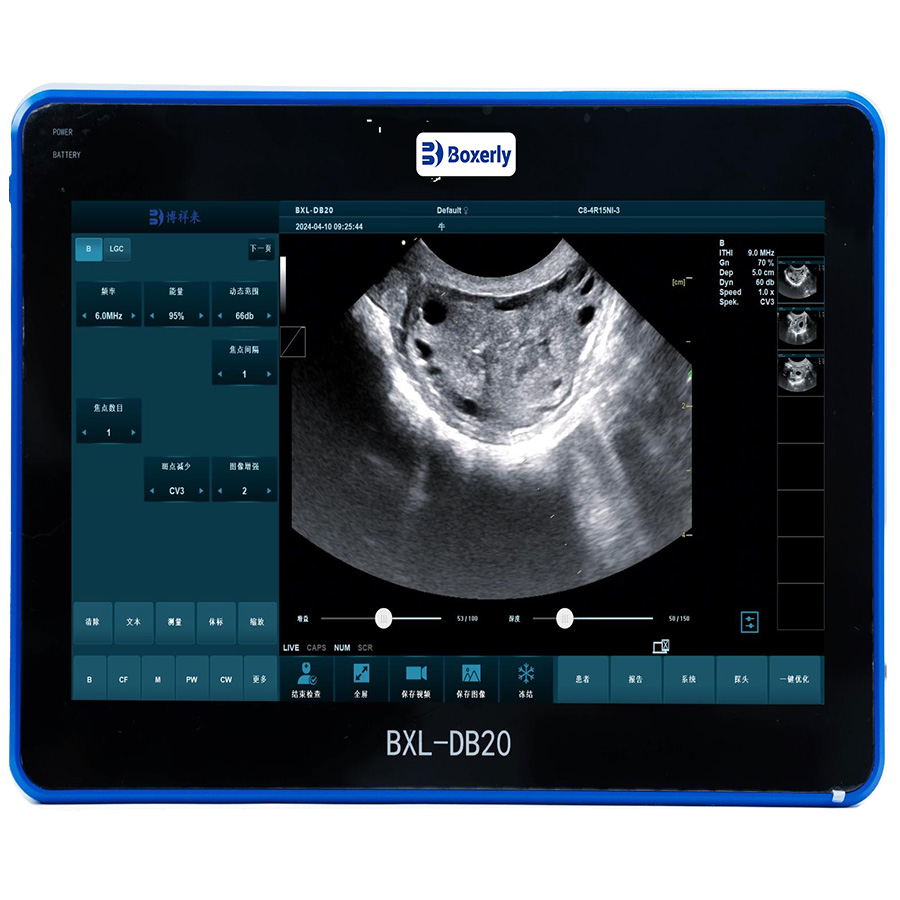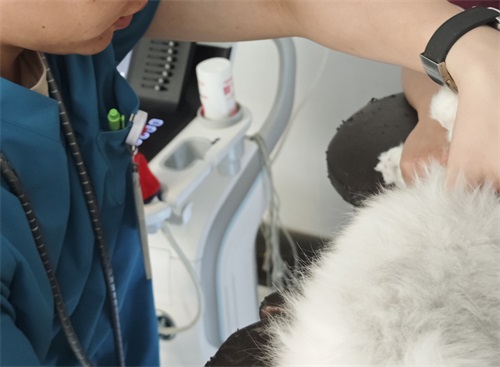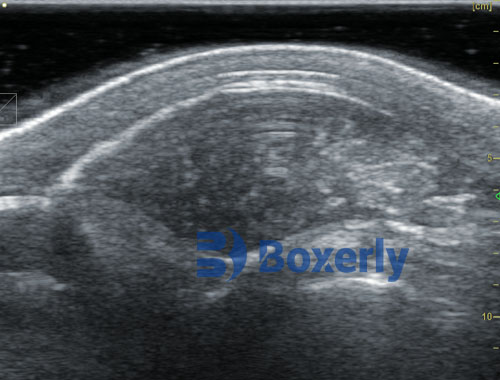What Are the Uses of Ultrasound?

Ultrasound technology has revolutionized medical diagnostics and treatment, offering a safe and effective way to visualize internal structures. This non-invasive imaging technique uses high-frequency sound waves to produce real-time images of organs, tissues, and blood flow. In this article, we’ll delve into the diverse uses of ultrasound in healthcare.
1. Pregnancy Monitoring
One of the most recognized applications of ultrasound is in obstetrics. Ultrasound scans are routinely performed to monitor fetal development, determine gestational age, and assess the health of the fetus. These scans can also detect multiple pregnancies and identify potential complications early.
2. Diagnostic Imaging
Ultrasound is invaluable for examining various organs, including:
- Heart: Echocardiograms assess heart function and detect conditions like valve disorders and heart disease.
- Abdomen: Ultrasound evaluates organs such as the liver, gallbladder, pancreas, and kidneys for abnormalities like cysts or tumors.
- Pelvic Organs: It’s used to investigate conditions related to the bladder, uterus, and ovaries, helping diagnose issues like fibroids or ovarian cysts.
3. Guided Procedures
Ultrasound technology aids in guiding minimally invasive procedures, such as:
- Biopsies: Ultrasound can precisely locate masses or lesions, allowing for accurate tissue sampling.
- Fluid Drainage: It helps in draining abscesses or excess fluid from joints, enhancing patient comfort and recovery.
4. Vascular Assessments
Doppler ultrasound evaluates blood flow in arteries and veins. This is crucial for diagnosing conditions such as:
- Deep Vein Thrombosis (DVT): Detects blood clots in the deep veins of the legs.
- Arterial Blockages: Assesses blood flow issues in peripheral arteries, aiding in the diagnosis of peripheral artery disease (PAD).
5. Musculoskeletal Imaging
Ultrasound is effective in examining soft tissues, tendons, ligaments, and muscles. It is commonly used to assess:
- Sports Injuries: Identifies tears, sprains, and other injuries.
- Chronic Pain: Evaluates conditions like tendinitis or bursitis.
6. Emergency Medicine
In emergency settings, ultrasound can quickly assess trauma patients, identifying internal bleeding or organ damage. The FAST (Focused Assessment with Sonography for Trauma) exam is a crucial tool used by clinicians in these situations.
Conclusion
The uses of ultrasound are extensive and diverse, making it an essential tool in modern medicine. From monitoring pregnancies to guiding interventions and diagnosing a variety of conditions, ultrasound technology continues to enhance patient care. Understanding its applications can help patients appreciate the significance of this versatile imaging modality in their healthcare journey.
link: https://www.bxlimage.com/ss/838.html
tags: ultrasound








